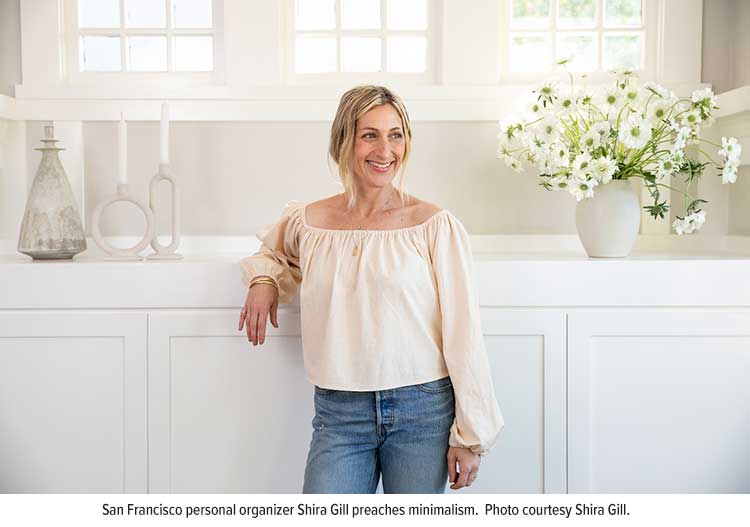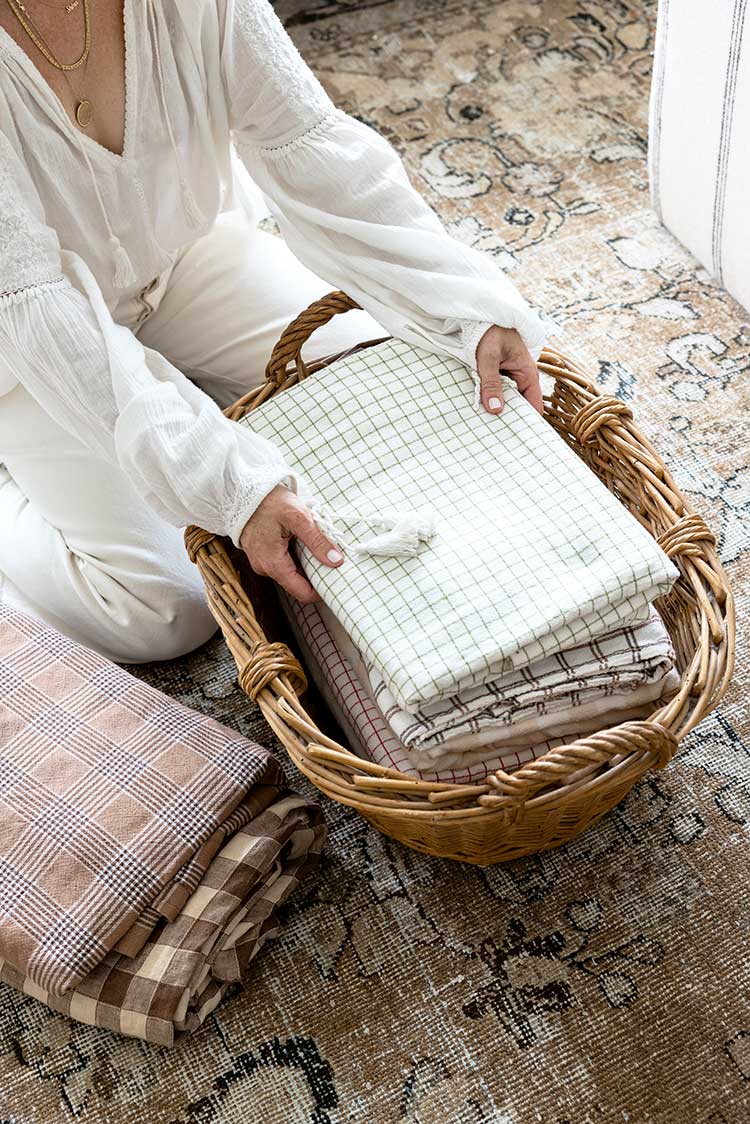Personal Organizer Shira Gill Shares Her Secrets for Simpler Living
Last updated July 2025
Consumers’ Checkbook caught up with Shira Gill, a professional organizer who knows how to cut clutter. She’s been helping clients bring order to their homes—and lives—for more than 15 years.
Gill shared tips on how to clean up your act, whether you hire an organizer or DIY. She also offered up her less-stuff-is-more approach via online courses, a newsletter, and best-selling books, including her latest, LifeStyled: Your Guide to a More Organized and Intentional Life.

What exactly do organizers do?
Shira Gill: Our role isn’t just about shoving things into pretty boxes. Instead, we work closely with people to reimagine how their living spaces can better serve their needs and align with their bigger goals and values. We help clients assess what’s truly important, help eliminate the clutter, and create sustainable habits or systems that make maintaining an organized home feel natural rather than like a chore.
I do a lot of coaching around letting go, decision making, plus strategies on how to sell or where to donate your unwanted things.
When do you know if you need a professional organizer?
SG: There’s no one-size-fits-all answer, but a few red flags can indicate professional help might be useful: If you feel constantly overwhelmed by clutter; if your disorganization is affecting your mood or productivity; or if repeated attempts to organize on your own haven’t led to lasting change. In those cases, an outside perspective and expert guidance can be a game changer.
If your organizer does a good job, it’s a time-limited engagement. I try to model new systems for clients, and work to set up those systems with them. I help clients practice using them while I’m there, and then they’re on board after I leave.
What does an organizing system look like?
SG: An organizational system is as simple as grouping similar things together and giving each category a designated home. People overcomplicate it with fancy gadgets and color coordinating. If you feel like you are hopeless, think of your possessions as Halloween candy. If you can sort candy into piles, you can organize anything.
So I don’t need a bunch of bins and boxes to get my home in order?
SG: It’s a common misconception that organization is all about investing in expensive storage solutions. The Container Store is not a magic bullet, and organized clutter is still clutter. While containers may help elevate your space, the key is typically reducing the overall volume of stuff rather than hiding it away behind trendy baskets and bins.

Don’t many people already own things they can use as storage?
SG: Yes, before I let anyone go shopping, I look for whatever bins and baskets they already have.
One good trick: People tend to hoard Apple product boxes, like for phones or laptops. They’re sturdy, well made, and have a low profile, so you can use them as organizers in drawers. You can even put them in the bathroom to hold makeup brushes.
How do I decide what to keep or toss?
SG: I use a handful of prompts to help my clients make decisions. Ask yourself:
- Would I buy this item for full price today?
- Does this item get me closer to my bigger goals?
- Could this item benefit someone else far more than me?
- Is this item worth the space it takes up in my home?
Do you use any organizing items at all?
SG: I use a few, and some of the best solutions are budget-friendly. A few of my staples include:
- Labels: They provide clarity without adding visual clutter.
- Multipurpose baskets: They’re great for corralling everyday items.
- Hooks: Hooks are perfect for creating additional storage without permanent fixtures. They’re a simple tool that can transform a space without breaking the bank.
- Airtight jars. These keep pantry staples fresher for longer, and you can see at a glance when you are running low!
What’s the silliest organizing gadget you’ve ever seen?
SG: I generally don’t believe in trendy organizing gadgets. Why do we need a water bottle organizer when we can just own fewer water bottles?
Which areas of the home become most cluttered?
SG: The biggest magnets for clutter are the dining table and the kitchen counter. These are landing areas where everything that comes in the front door tends to get dumped—bills, homework, kid art. That makes people miserable, but it’s usually a very simple fix—just get a vessel for paper clutter by the front door. You can have a wall mounted pocket for mail, and another for kid art. Just think of it as quick easy landing spots that prevent clutter creep.
Is the key to being organized owning less?
SG: Keeping your possessions to a minimum reduces the cognitive load and makes it easier to maintain order. The habit of putting things back in their place immediately—whether it’s a book off the table or dishes after a meal—is a cornerstone of a sustainable, clutter-free environment. Try using the motto “don’t put it down, put it away.”
How can consumers start organizing on their own?
SG: Begin small. Tackle one area—like a single drawer or a corner of a room—rather than attempting a massive overhaul. Set a timer for a short burst of decluttering and try my 15-minute win strategy—knock out a micro area like your junk drawer, daily-use handbag, or under the kitchen sink. Over time, these small changes add up, and you’ll naturally begin to notice patterns that can guide more significant adjustments.


